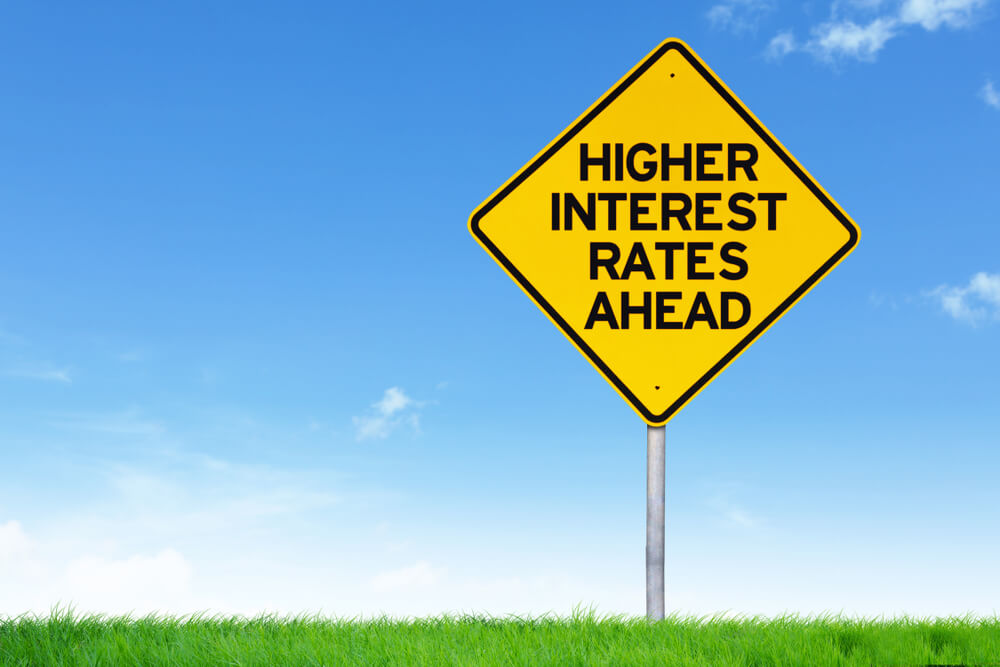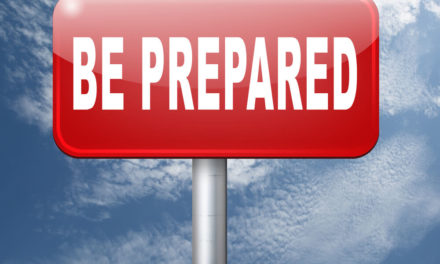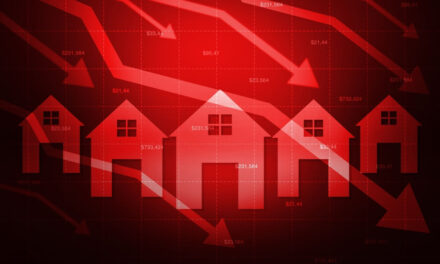Federal Reserve Chairman Jerome Powell signaled Friday that he expects the Fed to continue gradually raising interest rates if the U.S. economic expansion remains strong.
Powell added that while annual inflation has risen to near the Fed’s 2 percent target rate, it doesn’t seem likely to accelerate above that point. That suggests that he doesn’t foresee a need for the Fed to step up its rate hikes. Next month, the Fed is widely expected to resume raising rates.
Speaking to an annual conference of central bankers in Jackson Hole, Wyoming, Powell said the Fed recognizes the need to strike a careful balance between its mandates of maximizing employment and keeping price increases stable. He said a gradual approach to rate hikes is the best way to navigate between the risks of raising rates too fast and “needlessly shortening the expansion” and moving too slowly and risking an overheated economy.
“My colleagues and I,” the Fed chairman said in his speech, “are carefully monitoring incoming data, and we are setting policy to do what monetary policy can do to support continued growth, a strong labor market, and inflation near 2 percent.”
Powell sketched a positive picture of the U.S. economy and said the Fed’s incremental approach to raising rates has so far succeeded.
“The economy is strong,” he said. “Inflation is near our 2 percent objective and most people who want a job are finding one. We are setting policy to do what monetary policy can do to support continued growth, a strong labor market and inflation near 2 percent.”
At the same time, Powell said that in case of another financial crisis or intensified concern about high inflation, “We will do whatever it takes.” That echoed a phrase that was used to describe the extraordinary steps the Fed and other central banks took after the 2008 financial crisis plunged the U.S. and global economies into deep recessions.
The chairman’s measured tone about the economy and his message that the Fed plans to stick with a gradual pace of rate hikes appeared to meet approval with investors. The Dow Jones industrial average was up about 160 points in early afternoon trading, and bond prices rose as well.
Powell made no mention of the recent public criticism from President Donald Trump, who has said he’s unhappy with the Fed’s rate hikes. The president has complained that the Fed’s tightening of credit could threaten the continued strong growth he aims to achieve through the tax cuts enacted late last year, a pullback of regulations and a rewriting of trade deals to better serve the United States.
Many have seen Trump’s complaints about the Fed’s rate hikes as an intrusion on the central bank’s longstanding independence from political influence. On Thursday, two top Fed officials made clear Thursday that Trump’s criticism won’t affect their decisions on whether to continue raising rates.
In his speech, Powell did not directly address what many analysts see as the most serious threat to the economy: The trade war that Trump has launched with America’s main trading partners — a conflict that risks depressing U.S. and global economic growth the longer it goes on.
Economists said Powell’s remarks Friday echoed the message he has sent since succeeding Janet Yellen as Fed leader in February. Powell has stressed that while unemployment is historically low and inflation has risen slightly, there’s no sign that the economy is overheating. In his view, that’s why the Fed can continue with a gradual pace of rate hikes that began under Yellen.
“Powell deliberately avoided commenting on the latest developments on trade policy, politics and risks from abroad,” said Michael Pearce, senior U.S. economist at Capital Economics. Pearce said he saw Powell’s comments as signaling that the central bank will continue raising rates gradually over the next year.
Though Powell chose not to mention Trump’s criticism, other Fed officials asserted that the president’s complaints about rate hikes would have no effect on their policymaking.
“We have a mandate by law, and we do the best we can to hit the mandate” of maximizing employment and stabilizing prices, James Bullard, president of the Fed’s St. Louis regional bank, said Friday in an interview on CNBC.
Powell focused his remarks in part on the difficulty the Fed faces in setting interest-rate policies at a time when the economy seems to be undergoing changes that challenge long-standing beliefs of how low unemployment can fall before it ignites inflation pressures.
He said there is also much uncertainty over the “neutral” rate of inflation — the point at which the Fed’s policy rate is neither stimulating economic growth nor holding it back. The Fed’s economic projections, compiled from estimates of all its officials, estimates the current neutral rate at 2.9 percent. But Powell noted that there’s a wide difference of opinion about it.
After having kept its key policy rate near zero for seven years to help lift the economy out of the Great Recession, the Fed has raised rates seven times, most recently in March and June this year. Most Fed watchers foresee two more hikes this year — next month and then in December.
After the June rate hike, the Fed’s policy rate now stands in a range of 1.75 percent to 2 percent.
© The Associated Press. All rights reserved.




